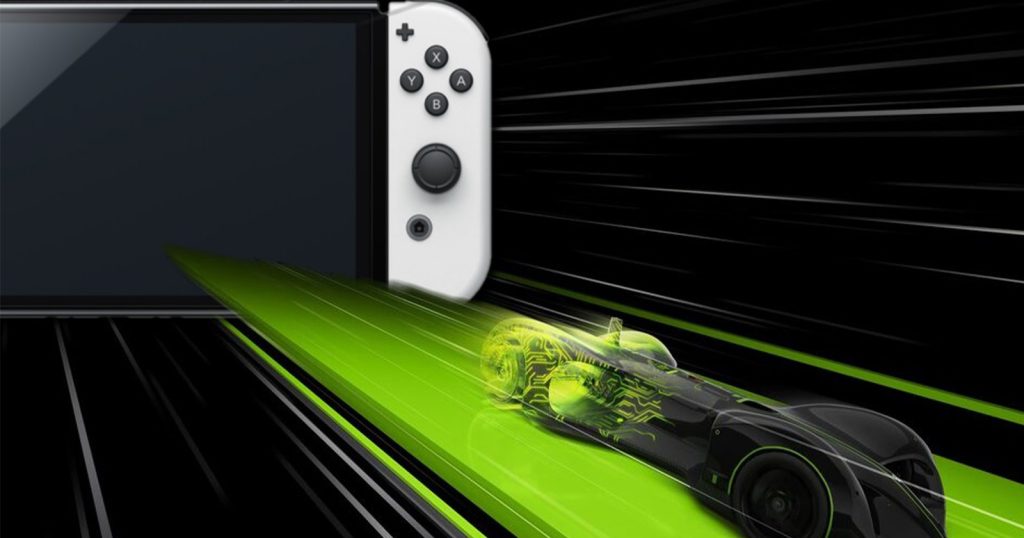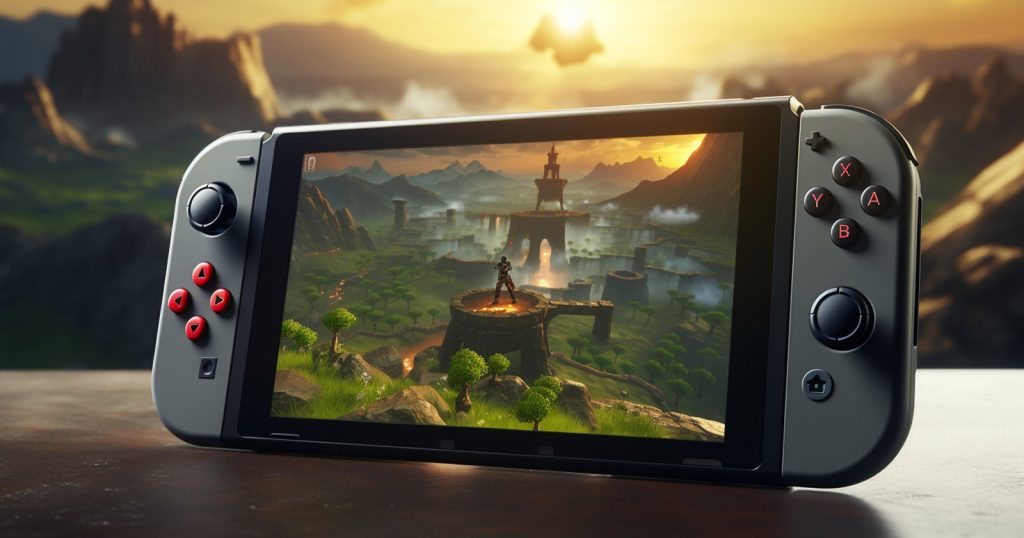The countdown has begun for the Nintendo Switch 2. Almost every day, new leaks about the highly anticipated handheld console are emerging. For example, we recently reported that the console’s SoC will use an NVIDIA Ampere GPU. Of course, an NVIDIA GPU means that DLSS technology will also be included in the Switch 2. However, according to the latest information, the upcoming handheld will feature a custom version of DLSS. Here are the details…
Will the Nintendo Switch 2’s Custom DLSS Live Up to Expectations?
If some of you are not aware, DLSS is a technology that uses AI to enhance both game performance and image quality. It accomplishes this by initially rendering the game at a lower resolution, then upscaling it to the native resolution through AI algorithms. This process can improve performance by up to twice as much without sacrificing the quality of the image.

Due to its functionality and the boost it provides to performance, there has been significant excitement around rumors that DLSS might be featured in the upcoming Nintendo Switch 2. However, a recent information has both confirmed this technology on console and suggested that it may not meet all of our expectations.
Recently, Nintendo posted a new job listing, indicating that they are looking to hire a Data Engineer to assist with the integration of machine learning technologies on low-power embedded platforms. As you may know, DLSS (Deep Learning Super Sampling) was a technology that was introduced to us with NVIDIA’s RTX 2000 series graphics cards. These cards have chips that do not face any space constraints. However, Nintendo has more limited space to integrate DLSS technology in their upcoming Switch 2.

What led us to make this inference is the sentence “optimization of machine learning models to fit power, memory and CPU budgets” found in the job listing. Of course, everything we’ve mentioned is purely speculative and based on assumptions. Nintendo could very well be using the familiar DLSS technology that we know from computers for the Switch 2. However, if that’s not the case and there is a custom DLSS, users should be prepared for a device that may not offer the performance they’re hoping for.
RELATED:
- iPhone 15 Pro Max vs Xiaomi 13 Ultra: Specs Comparison
- Nintendo Switch 2 SoC to feature powerful NVIDIA Ampere GPU
- New Xbox Series X and Controller Designs Leak, Reveal Sleek New Look and More Features
- Nintendo Switch 2: Fans May Have to Wait Longer Than They Think
- Former PlayStation Boss Warns of ‘Barbarians at the Gate’: Big Tech Companies Like Google and…
(via)







